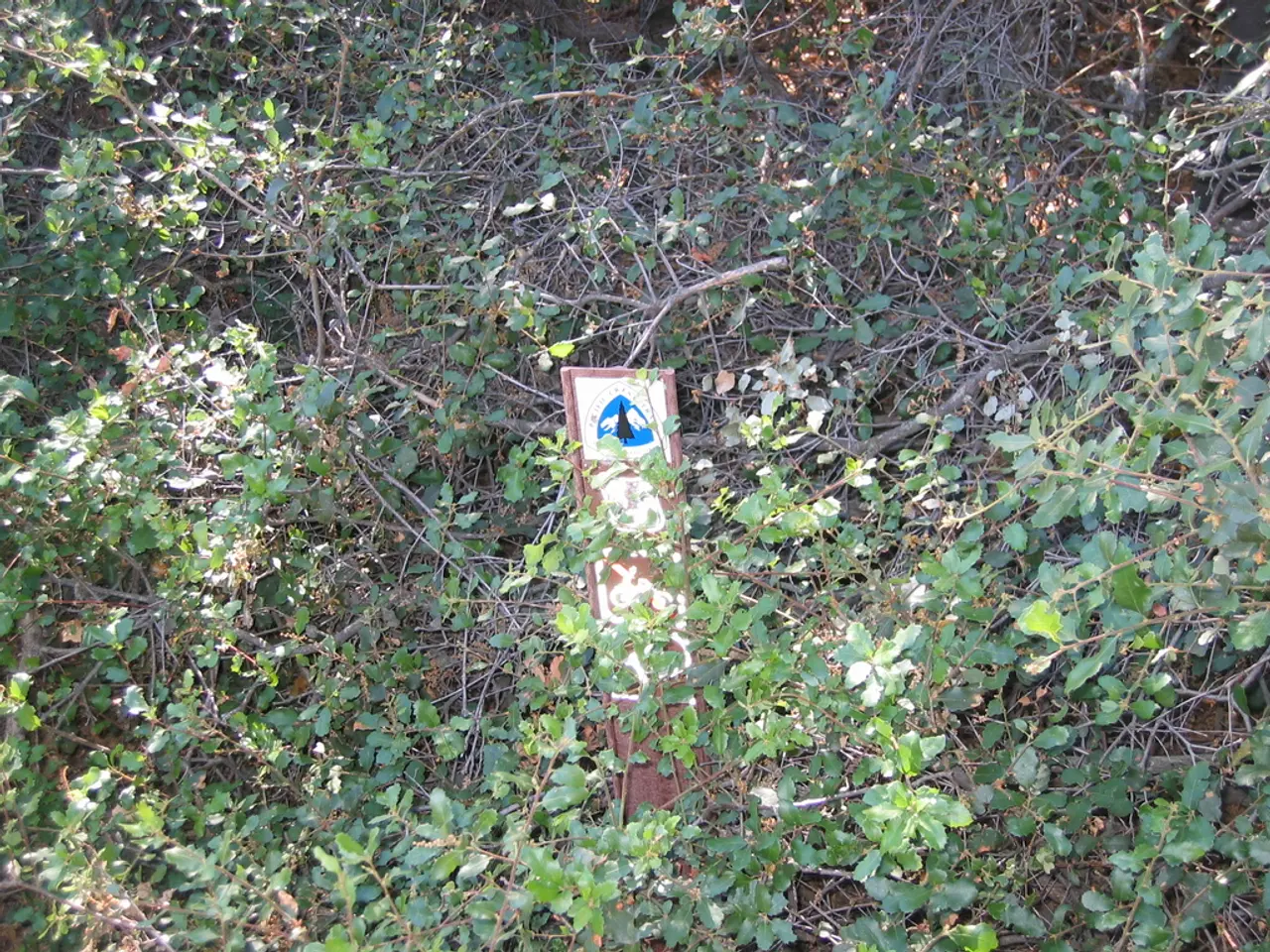Hardscape Solutions with Manzanita Wood: An In-Depth Look at Varieties and Applications
Manzanita wood, a favourite of many, is a hardy shrub native to mountainous regions of North America. Known for its twisting branches and complex network of gnarled goodness, Manzanita wood is highly valued in both terrariums and aquariums for its aesthetic appeal, durability, and versatility.
In terrariums, Manzanita's natural, branching shape adds structure and depth, creating a realistic woodland or forest floor effect. It can serve as a natural trellis or climbing structure for small vines or epiphytes, with moss and ferns attached for a lush, natural look. The unique, twisted forms of Manzanita make it an attractive centrepiece or sculptural element in terrarium design. Interestingly, Manzanita wood does not require chemical treatment as it is naturally resistant to rot.
In aquariums, Manzanita wood is lightweight and buoyant initially, so it often needs to be soaked for several days before it will sink. Its textured surface and branching structure are ideal for attaching aquatic plants like Anubias, Bucephalandra, and aquatic mosses. The wood provides shelter and hiding spots for fish, shrimp, and other aquatic inhabitants, simulating a natural environment.
Preparation tips for Manzanita wood include soaking it for a few days to ensure it sinks and to minimize tannin release. Boiling the wood for 1-2 hours can further reduce tannins, especially if you are concerned about water discoloration. Aquarium-safe glue or fishing line can be used to secure moss and plants to the wood for added greenery and natural appeal. If the wood is still buoyant after soaking, it can be secured with rocks or anchored to the tank substrate until it becomes waterlogged.
Manzanita wood is a top choice for enthusiasts seeking a natural, customizable, and long-lasting element for both terrariums and aquariums. For more information on terrarium wood, check out the author's guide. Whether you're looking to create a wild undergrowth in your terrarium or bring a natural rainforest feel to your aquarium, Manzanita wood is a versatile and beautiful choice.
In home-and-garden projects, Manzanita's unique structure and aesthetics make it an excellent addition to terrariums, where its twisted forms create a lush, natural look that mimics a woodland floor. Additionally, gardening enthusiasts might find Manzanita wood appealing for their home-and-garden aquarium setups due to its textured surface that serves as an ideal substrate for attaching aquatic plants and providing shelter for aquatic inhabitants.




